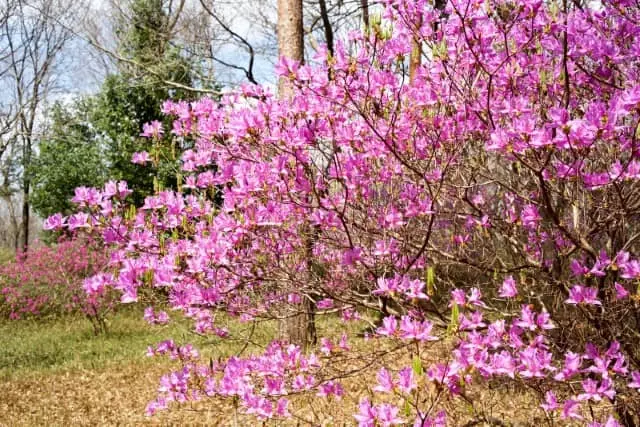It is one of the favorite flowering plants for interiors, with its wide range of colors bringing a note of cheer to our homes. It is the Japanese Azalea, a small evergreen heath shrub that grows with a bushy habit. In this article, let´s review How to grow Japanese Azalea and Propagate from seeds and cuttings. Also, we will review the properties and benefits of the Azalea Japonica (Rhododendron japonicum).
Its peculiarity is the massive flowering characterized by stunning flowers ranging from pink to red, purple, and white. Today, the Japanese Azalea is widely used as a gift plant.
It is characterized by woody branches and leaves that can be double or semi-double, always very abundant. Leaves are leathery, lanceolate-rounded, small, bottle green in color. The width and height reach up to 5 ft (1.50 meters).
Table of Contents
Botanical Classification
Let´s review the Botanical Classification of the Japanese azalea plant.
Azalea Japonica is a species of the genus Rhododendron in the family Ericaceae.
Japanese Azalea scientific name: Rhododendron japonicum.
Main Species of Azalea Japonica
Main Species. Among the varieties of Rhododendron japonicum there are ‘Satsuki’ and ‘Kurume’, two hybrids propagated by cuttings.
Rhododendron japonicum Satsuki is a variety called ‘late-blooming’ because it blooms only at the end of spring in May and June (Order here).
The Rhododendron japonicum Kurume variety is a semi-dwarf hybrid that flowers abundantly.
A Louisiana grower, Robert C. ‘Buddy’ Lee, developed a Japanese Azalea encore that blooms from spring to fall.
- Satsuki Azalea Bonsai Tree: Brilliant blooms of radiant color, the Azalea Bonsai bloom in late spring (May-June), producing unscented pink flowers.
- Small Tree, Boundless Beauty: Each bonsai comes with a care guide, empowering you to care and shape this live bonsai tree to your unique expression.
- Ceramic Bonsai Tree Pot: This real bonsai tree is planted in a captivating ceramic bonsai pot. Bonsai pots vary in color and style.
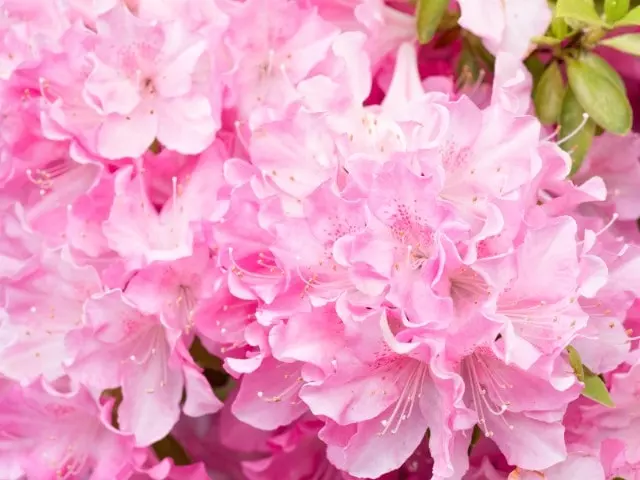
Flowering Rhododendron japonicum – When Japanese Azalea Blooms?
When Japanese Azalea Blooms? Rhododendron japonicum generally blooms from early April to mid-June, producing very showy flowers whose color ranges from white to pink, red, and purple.
Cultivation Tips for The Japanese Azalea
Cultivation Tips for The Japanese Azalea. The Azalea Japonica is an ideal plant for the garden, for entrances and driveways, terraces, and also to decorate the house.
How to Grow Japanese Azalea in a Pot
How to Grow Japanese Azalea in a Pot. Azalea Japonica boasts a shallow root system. Its small size makes it ideal to be grown in a container on a balcony or terrace.
The pot must be broad enough to contain the plant. Learn more about How to Care for Bonsai Azalea.
Soil for Japanese Azalea in a Pot
The best soil for growing Japanese Azalea in a Pot is a potting mix soil for acidophilic plants to keep healthy plants.
During the growing season, you should turn the pot every week to spread the growth.
It is best to wait until the end of flowering before repotting.
It is good to consider that flowers are pretty demanding in terms of nutrients, which is why you should not risk damaging the fragile root system, even more so if the pot is root-bound.
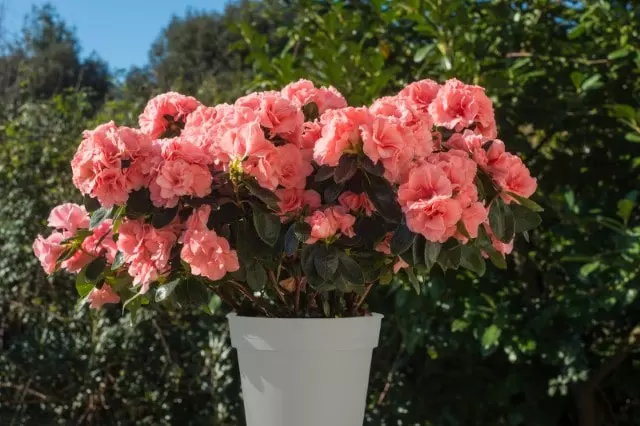
How to Grow Japanese Azalea in the Garden
To Grow Japanese Azalea in the garden, follow these tips. Choose the best location. Azalea Japonica prefers a semi-shaded position to encourage both flowering and survival in the summer months.
Rhododendron japonicum can be grown and cultivated in the outdoor garden year-round throughout. Be sure to protect this azalea during winter. Mulching should be done in winter in areas with a harsh climate. It does not tolerate dry and windy climates well.
Best Soil for Japanese Azalea
Japanese Azalea requires acidic, peaty, fertile, moist, well-drained soil.
Well-drained soil is essential. It must be considered that all acidophilic plants suffer from basic pH soils and the presence of active limestone.
Japanese Azalea also requires acid soil with a pH lower than 6.5, porous, light, never clayey, always well-drained, rich in partially decomposed organic matter, without stagnation, and fresh. Learn more about How to Measure Soil pH.
Let´s continue reading about How to Grow the Japanese Azalea.
- 1.5 Cubic Foot Bag
- Ideal for Hydrangeas, evergreens, blueberries, hollies, gardenias, ferns, tropical and shade plants
- Excellent for use in raised beds.
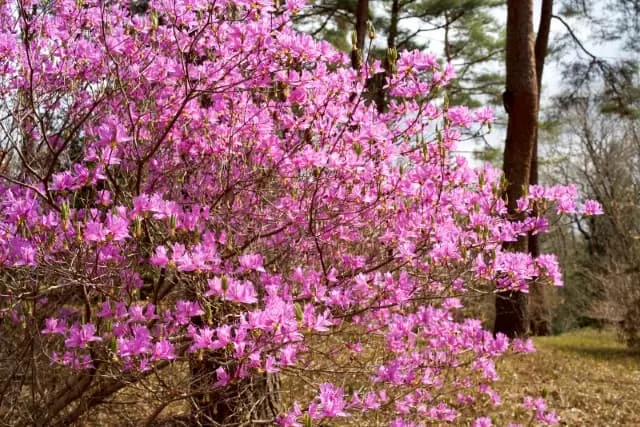
Temperature
The best temperature to grow Japanese Azalea before flowering is 50 and 60 °F (10 and 16 °C). When the first buds appear, the plant should be left in a warmer place (at about 65 °F (18 °C).
Light
Light and Location. The Azalea Japonica should be placed in a bright place, near a window, but avoid direct sun. Starting from May, it should be moved outdoors, in a cool place.
Do not overexpose the plant to sunlight, but opt for a location that is partially shaded. Resistance to the sun is higher for plants placed in full soil and with soil kept constantly humid. In the open ground, exposure on the north side of the house or in front of a glass door or window with the same orientation is ideal.
Watering
Watering. The Japanese Azalea requires frequent watering, especially in spring and summer. The shallower roots of the Japanese Azalea are the most thirsty.
To water Japanese Azalea, soft water or rainwater should be used, as this plant does not tolerate lime. It is necessary to keep the soil moist by preventing the root ball from drying out but also by avoiding water stagnation. During summer, the Japanese Azalea needs daily watering.
During the cooler months, three watering per week is sufficient. After a couple of years, the plant will be satisfied with rainwater, except in the case of prolonged dry periods or heat waves.
To reduce the frequency of watering, you can mulch the base of your Azalea Japonica with maritime pine bark. This will retain moisture and cool the soil.
How to Propagate Japanese Azalea
Let’s review the different ways to propagate Japanese Azalea and what is the best method.
How to Propagate Japanese Azalea. Seeds and cutting are good ways to propagate this plant. However, propagating Azalea by cuttings is the best way to propagate the Japanese Azalea and is the most used. From all the methods, we recommend propagating the Azalea Japonica from cuttings.
The best time for taking azalea shoots for propagation is from July to September. The cuttings must have a length of about 4” (10 cm). They must be cut obliquely in the part under the node from a strong and healthy mother plant, and then the lower leaves will be removed.
The cuttings are then placed in a container filled with peat and perlite, covered with plastic, and placed in a semi-shaded position at a temperature of about 68 °F (20 °C). Finally, you wait for the rooting process.
The soil should always be kept at the proper humidity. Generally, the rooting of azaleas takes place after about thirty days. The roots will be a bit weak, so it is necessary to pay attention at the time of repotting to perform the maneuvers gently and delicately. Pots should have a diameter of about 3” (8 cm) and should contain peat, leaves, or pine needles and clayey or sandy soil. As soon as it is noticed the appearance of buds in the plants, it is necessary to remove them, and a minor topping operation must be done to ensure a correct and aesthetical development of the plant. With the growth of the seedlings, which takes place after about two or three months, the plants will have to be repotted in bigger containers. Learn more about How to Propagate Azalea Step by Step.
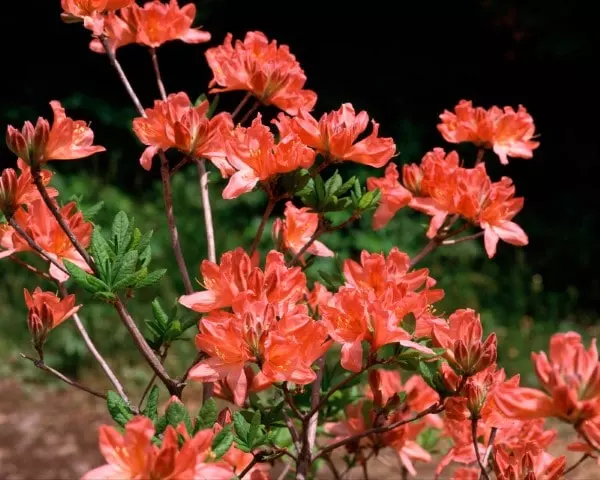
Fertilizing Japanese Azalea
How to Fertilize Japanese Azalea. Suppose you want to keep the plant for the next season. In that case, you must fertilize it after flowering using a specific fertilizer rich in potassium, which will also ensure spectacular flowering.
No products found.
How to Prune Japanese Azalea
How to Prune Japanese Azalea. Rhododendron japonicum does not need to be pruned. Pruning is helpful if you want to balance the shape or reduce the size of the plant. In this case, you should wait until the flowering is over and prefer light and delicate pruning rather than a drastic cut.
It is necessary to regularly remove withered flowers to stimulate the appearance of new buds.
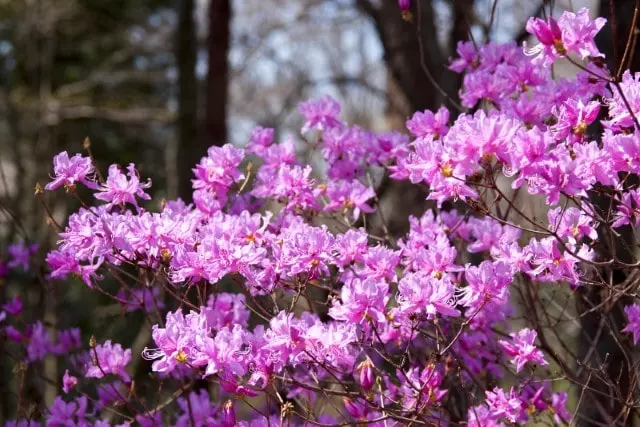
Combinations With Other Plants
Japanese Azalea can be combined with other acidophilic plants such as Enkianthus, Leucothoe, Kalmie, Camellia, and Rhododendron.
Other Care Tips Azalea Japonica
Other Care Tips, Azalea Japonica. When in bloom, Rhododendron japonicum needs environmental humidity to keep the buds from turning brown, as dryness prevents them from opening. Yellowed leaves are a symptom of an excess of lime in the water or a lack of nutrients. The plant blooms better if the roots are tight in a small pot.
This plant has long been cultivated as a bonsai under its more specific varieties, ‘Satsuki’ and ‘Kurume’. If you want to try growing bonsai on your own, you must use somewhat acidic soil, like heath plants, and water enough so that the soil remains moist but never wet. Organic fertilizer for azaleas is used, but only during the growth phase, and prune the Azalea Japonica bonsai just after flowering. You can shape it with wire, proceeding with caution because the branches break easily. The bonsai should be repotted very carefully every two years.
Pests, Diseases, and Other Adversities
Pests, Diseases, and Other Adversities. The red spider mite can attack the plant. Another enemy of the plant is root rot. Learn more about How to Mix Neem Oil for Plants.
Curiosity About Azalea Japonica
Azalea is part of the plants that purify the air inside the house. It can remove formaldehyde and ammonia from the air of closed environments.
Toxicity vs. Herbal Use of Azalea
Benefits of Rhododendron japonicum. A characteristic of many species of azalea is to have flowers that produce particularly poisonous nectar. Many azaleas boast antiseptic properties and are helpful in combating rheumatism.
On the other hand, Azalea Japonica is toxic to cats, according to the ASPCA.
“Please note: Pharmaceutical applications are listed for informational purposes only. They must be recommended and prescribed by your physician.”
